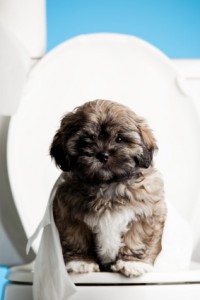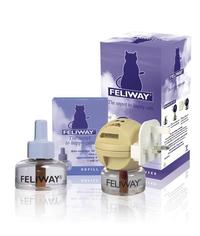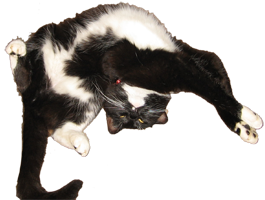Bladder stones form from minerals excreted into the urinary bladder. They range in size from grains of sand or tiny pebbles to a large, single stone.
The main signs of bladder stones are blood in the urine (hæmaturia) and straining to urinate (dysuria). Urinary tract infections also cause hæmaturia and dysuria.
Hæmaturia occurs because the stones mechanically irritate the bladder wall and make it bleed.
Dysuria occurs when stones obstruct the passage of urine out of the bladder. Large stones sometimes cause a valve-like obstruction at the neck of the bladder. The dog passes some urine and then despite straining cannot pass more. Small stones flow with the urine and obstruct the urethra, especially of male dogs.
 Stones form from a high concentration of crystals in the urine. The crystals form because of abnormalities in the diet or because of disease in the bladder, especially bacterial infection. Sometimes they form because of a fault in body chemistry.
Stones form from a high concentration of crystals in the urine. The crystals form because of abnormalities in the diet or because of disease in the bladder, especially bacterial infection. Sometimes they form because of a fault in body chemistry.
We suspect bladder stones if the bladder is painful or when there are recurrent infections. We can feel some bladder stones through the abdominal wall but most bladder stones are diagnosed with x-rays or ultrasound.
The fastest treatment is surgery to open the abdomen and bladder and pick out the stones.
Alternatively, if the dog has passed a stone in the urine we analyse it and prescribe the specific diet that dissolves that type of stone. Diet is not successful in dissolving some kinds of stone and is not fast enough if the pet is already toxic from a back up of urine in the urinary tract.
Some types of stone can be prevented. Regular tests for urinary tract infections and appropriate antimicrobial treatment prevent stones formed as a result of bacterial infection.
Specially formulated diets help prevent the formation of some other types of stone. We determine the chemical composition of stones removed at surgery and prescribe the best preventative diet for that particular type of stone.


